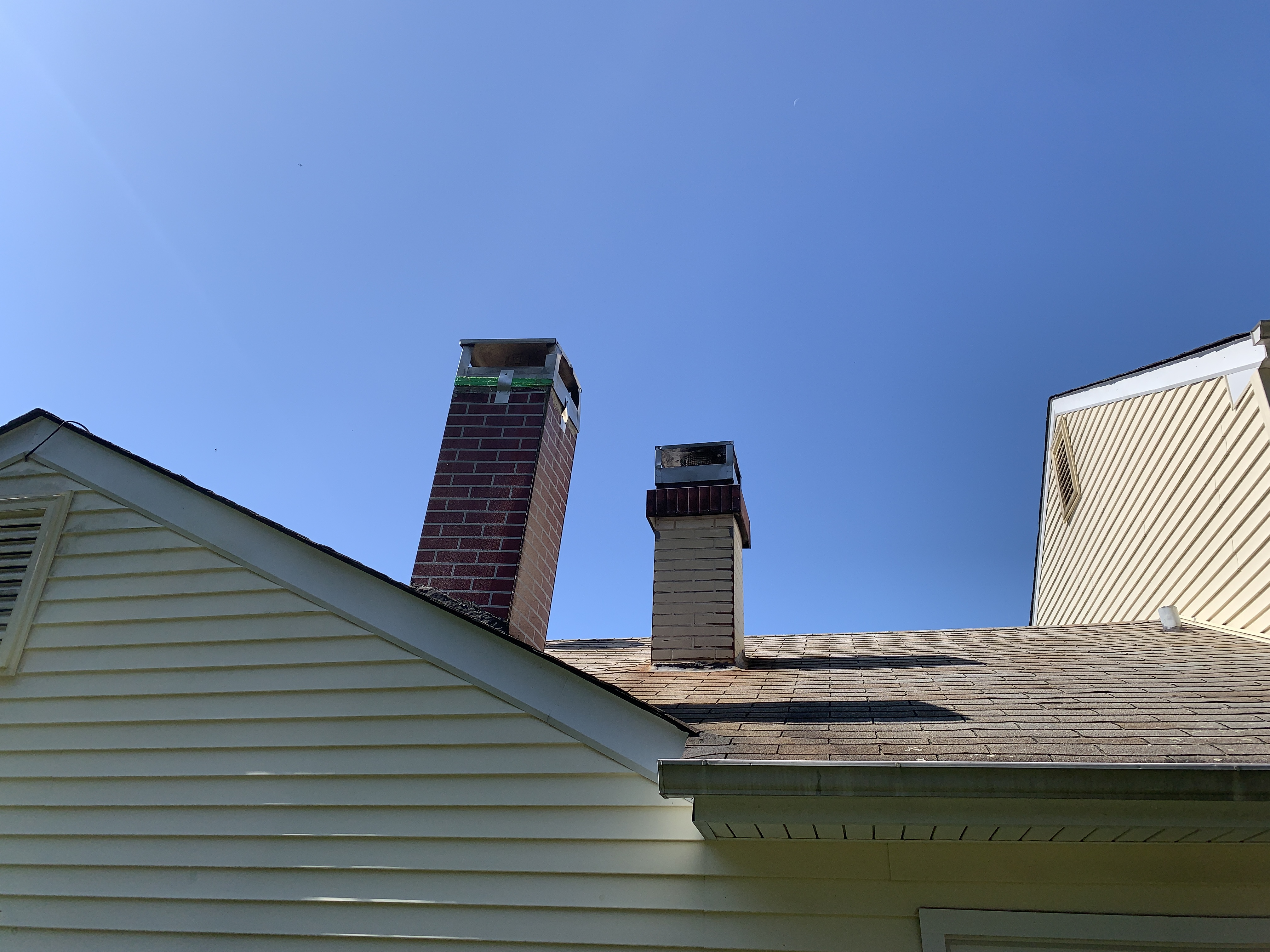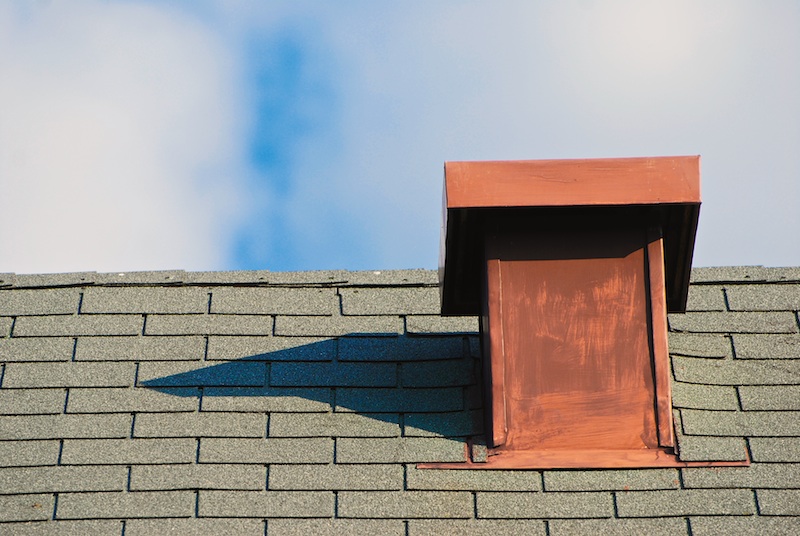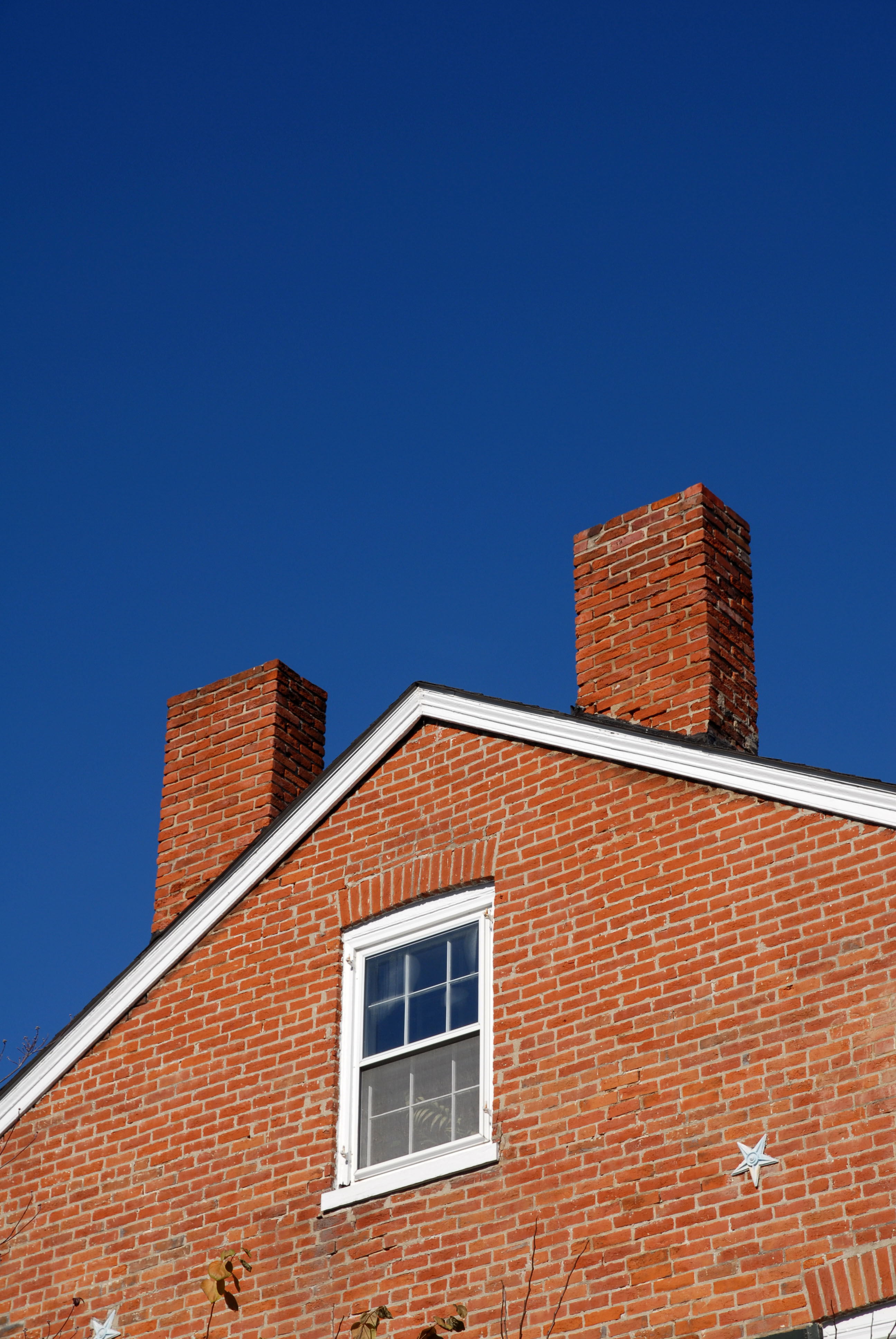How Often Should You Clean Your Gutters?
Speaking in general terms, you should make a point of cleaning your gutters at least twice a year. Depending on what sort of foliage you have near your home (such as pine trees), you may want to clean once every three months.
What is the best time of year to clean gutters?
Many professions agree that spring and fall are the best times to clean your gutter. Gutters should be cleaned a minimum of twice a year. But if there are trees near the home, more may be advised. Homes near pine trees are recommended to have their gutters cleaned every three months.
What happens if you don’t clean your gutters?
When you don’t clean your gutters, the downspout can get clogged from leaves, debris, or any matter that can wind up there. This blockage then leaves standing water to collect and eventually overflow. Left unattended to, the leaves that clog up your gutter can begin to decompose and eventually rot.
Can I clean my gutters myself?
To clean gutters by hand, you’ll need a ladder, bucket, gutter scoop (or garden trowel), and heavy-duty work gloves. Little by little, take out the leaves and debris, placing what you remove into the bucket. Finally, flush the gutters and downspout with water until you are certain both are functioning correctly.
The Dangers of Gutter Cleaning rainfall in gutters
Gutter cleaning is even treacherous for the average person with no prior knowledge of gutter cleaning. If done incorrectly, both the individual completing the job could get hurt and the house could become damaged.
The 5 Most Common Dangers of Gutter Cleaning
- Instability of the ladder. …
- Poor maintenance of ladders. …
- Contact with electrical wiring. …
- Improper clothing, which can catch on projections and cause the ladder and anyone standing on it, to topple sideways and fall.
- Vertigo or dizziness issues.
What can bad gutters cause?
Wall and ceiling damage: Clogged gutters can also cause water leaks on the inside of your home. Trapped water can rot the wooden fascia boards your gutters are mounted to, letting moisture enter your home. And in the winter months, ice dams can drive snow melt underneath your shingles.




